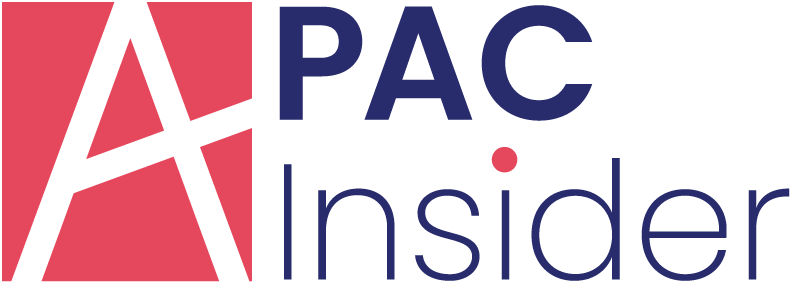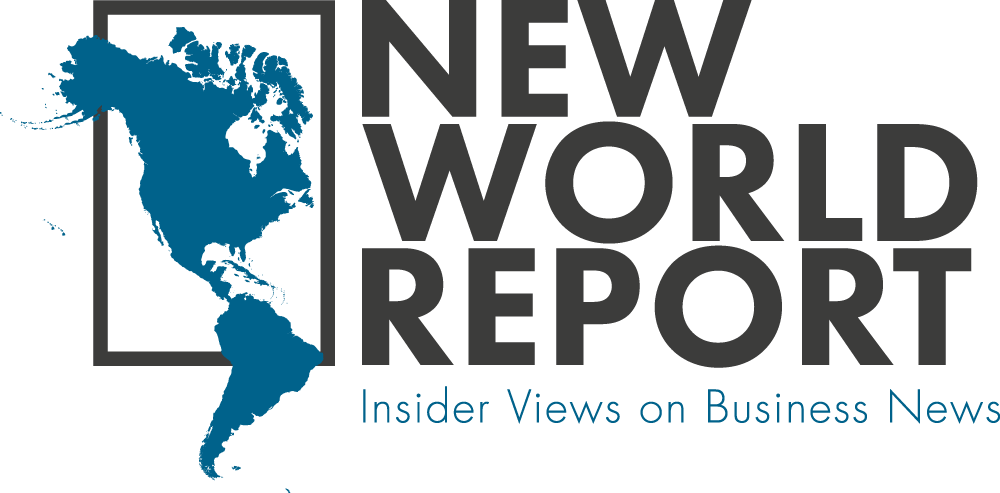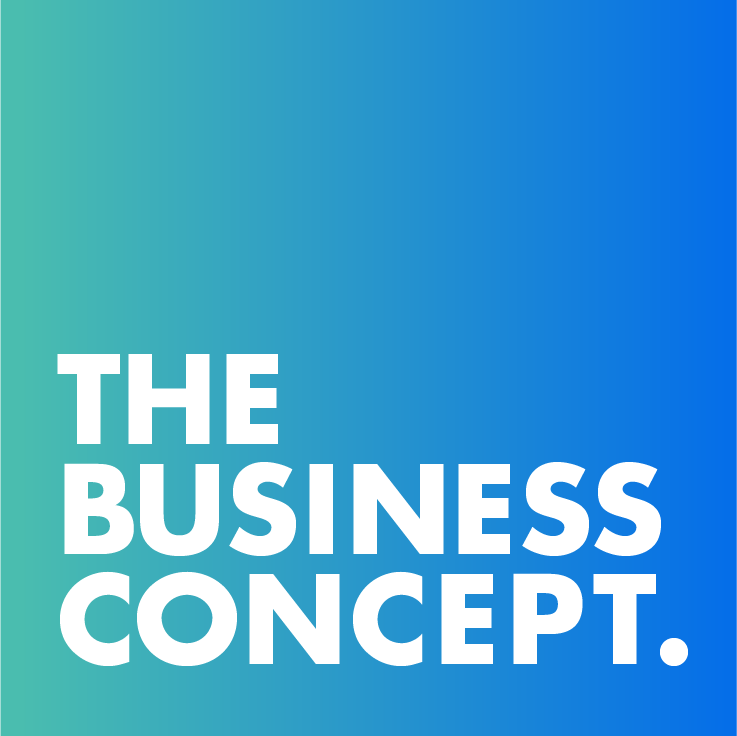Key Takeaways:
- Discover how digital HR tools are streamlining HR processes and enhancing workplace efficiency.
- Learn about the benefits of implementing digital HR systems in modern organisations.
- Explore real-world applications of HR technology in various industries.
Table of Contents:
- Introduction to Digital HR Tools
- Advantages of Digital HR Systems
- Standard Features of HR Technology
- Real-Life Applications in Industries
- Steps to Implementing Digital HR Systems
- Challenges and Considerations
- Future Trends in HR Technology
In the rapidly evolving world of modern business, technology continues to reshape how organisations manage their most vital resource—the workforce. From recruitment to retirement planning, digital HR tools offer advanced solutions that enhance efficiency and accuracy and improve overall job satisfaction. Complex systems like ADP’s solution provide a seamless experience for managing human resources, elevating what was once a purely administrative task into a strategic component of business management. These tools are more than a time saver; they transform workplace dynamics and foster innovation-driven environments.
Beyond merely optimising processes, digital HR tools inspire a cultural shift towards more excellent communication and employee engagement. By adopting such solutions, organisations streamline operations and position themselves as adaptable and competitive in a market that changes at lightning speed. A strategic shift towards implementing digital HR tools is not simply an option for future-proofing operations; it is necessary to maintain and grow a competitive edge in today’s digital landscape.
Introduction to Digital HR Tools
The role of digital HR tools in shaping the administration of the modern workforce cannot be understated. As businesses embrace the digital revolution, incorporating advanced HR systems is advantageous and vital. By automating repetitive, low-value tasks, these tools allow HR professionals to focus on strategic initiatives like talent development and long-term organisational growth. With companies undergoing significant digital transformation, the need for sophisticated and comprehensive solutions has never been more critical. Digital HR tools meet these demands by offering integrated systems that harness data analytics and feature intuitive user interfaces, significantly enhancing employee engagement and operational efficiency.
Advantages of Digital HR Systems
The array of advantages digital HR systems offer is extensive and profoundly enriching for any organisation. One of the most significant benefits is the access to real-time data, which empowers HR managers to make timely and informed decisions that align with organisational objectives. Furthermore, these systems ensure heightened accuracy in critical operations such as payroll processing. Automating complex calculations and compliance checks minimises errors, maintaining employee trust and satisfaction. Compliance with intricate labor laws is simplified, mitigating the risk of costly fines and sanctions. According to a recent report, organisations employing sophisticated HR technology frequently achieve up to 20% productivity boosts. This productivity gain translates into substantial time and financial savings, reinforcing the value of digital HR systems.
Standard Features of HR Technology
The versatility of digital HR tools shines through in their robust features, designed to streamline routine administrative tasks and more strategic organisational initiatives. Automating payroll significantly reduces human error, ensures timely employee compensation, and simplifies tax compliances—key factors that uphold employee morale and trust. Performance management modules offer structured frameworks for setting, tracking, and evaluating employee achievements, thereby cultivating a culture of continuous improvement and accountability. Additionally, attendance management features automate scheduling, leave tracking, and real-time timekeeping, reducing administrative burdens and fostering transparency within the workplace.
Real-Life Applications in Industries
The transformative impact of digital HR tools across various sectors underscores their adaptability and effectiveness. In the healthcare industry, these solutions streamline complex workforce management tasks such as scheduling and regulatory compliance, directly enhancing the quality of patient care. In the fast-paced retail sector, digital HR systems facilitate the management of large, dynamic workforces by automating recruitment processes, refining onboarding experiences, and enabling real-time performance monitoring. These examples highlight the flexibility of digital HR tools in addressing specific challenges, leading to operational excellence across diverse fields.
Steps to Implementing Digital HR Systems
Implementing digital HR systems successfully requires strategic planning and thorough execution. The process begins with a detailed assessment of current HR processes to identify inefficiencies and areas of improvement. The next crucial step involves comprehensive research into various solutions and vendors, allowing for the selection of a system that best aligns with the unique goals and requirements of the organisation. Customisation is essential, ensuring the selected system adapts to the company’s specific workflows and operational nuances. The final step of providing extensive training is vital, as it ensures all staff members can utilise the new system effectively, maximising the system’s potential benefits and fostering organisation-wide acceptance.
Challenges and Considerations
Despite the myriad advantages digital HR systems offer, they come with challenges that must be navigated carefully. Since these systems manage extensive personal information, data security is paramount, necessitating robust protective measures. Resistance to system changes amongst employees can also pose significant implementation hurdles. To overcome these challenges, employing effective change management strategies is vital. These include providing continuous support and communicating the new system’s benefits, ensuring smooth transitions and robust acceptance of digital HR tools across the organisation.
Future Trends in HR Technology
Looking ahead, the landscape of HR technology is set for exciting evolutions that promise further enhancements in the field. The integration of artificial intelligence and predictive analytics into HR tools is climbing exponentially, ushering in intuitive systems capable of proactively anticipating and addressing HR needs. These technological advancements provide actionable insights, empowering HR professionals to make strategic decisions that optimise workforce management and organisational planning. As these tools continue to evolve, organisations that swiftly adapt to these innovations will secure enhanced efficiency and deeper employee engagement, further solidifying their position in the ever-evolving world of human resources management.
In conclusion, adopting digital HR tools is increasingly becoming a strategic imperative for organisations aiming to succeed in the modern business environment. By embracing these technologies, companies can transform into more agile, efficient, and employee-centric organisations, thus reaping the benefits of immediate operational improvements while fostering a culture of innovation and adaptability necessary for sustained long-term success.





























